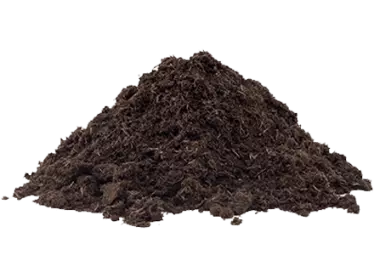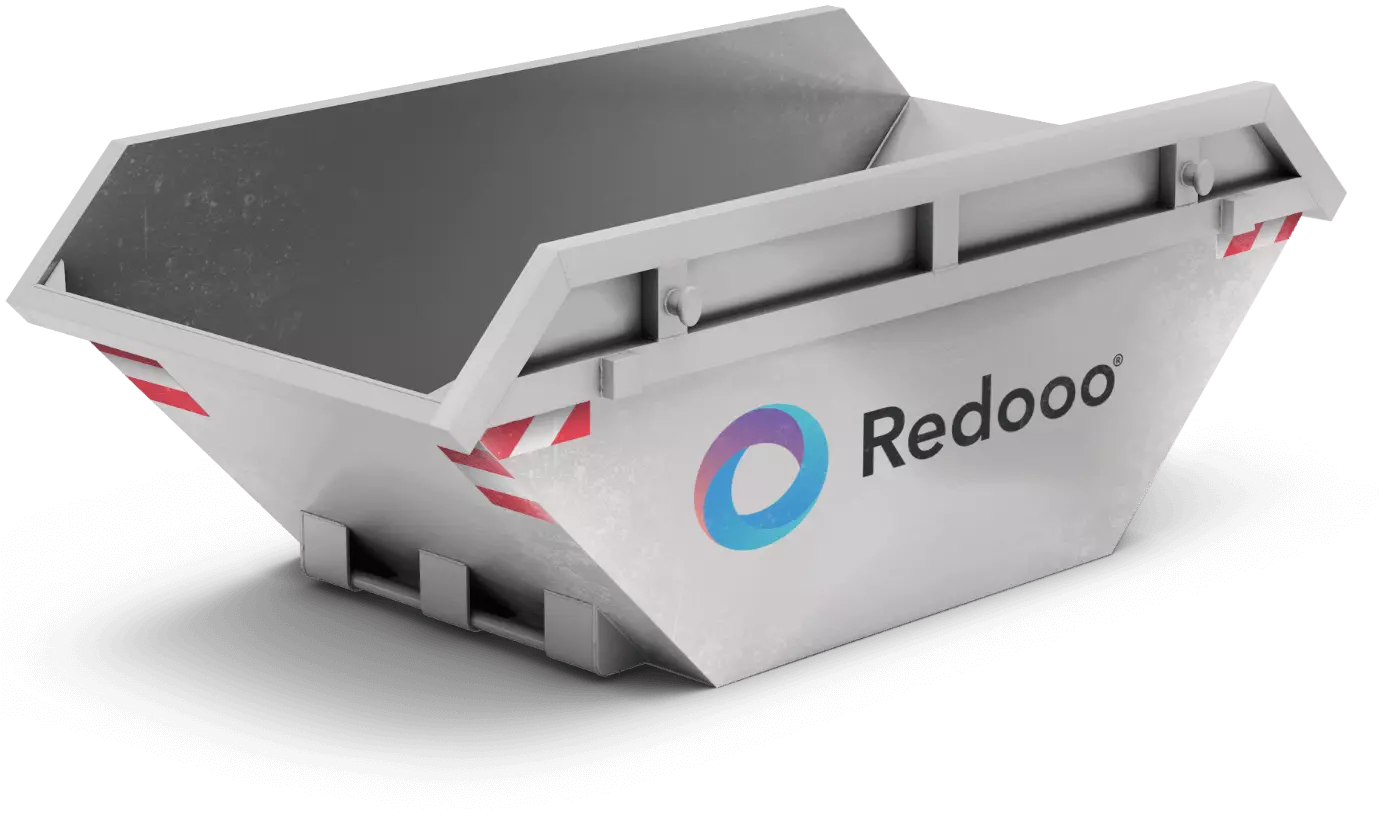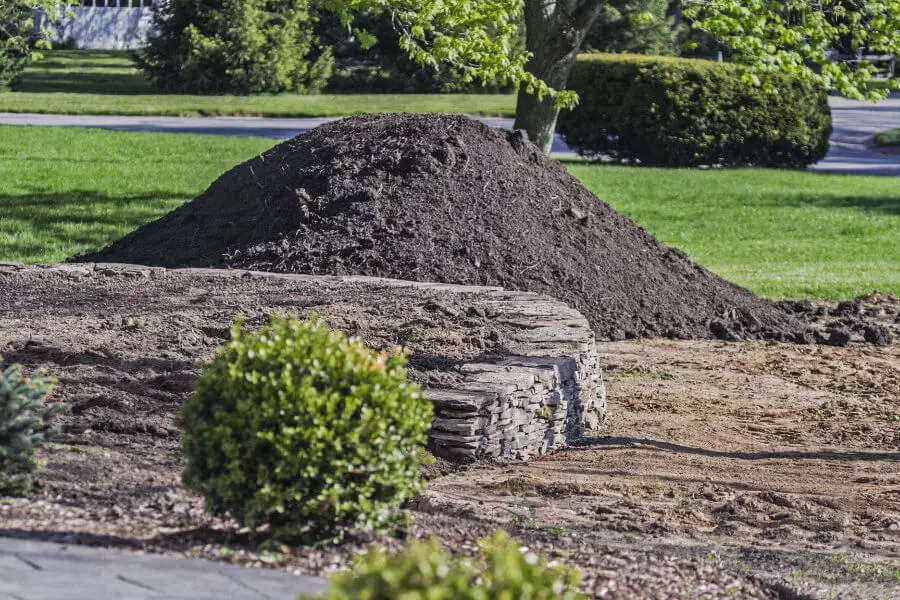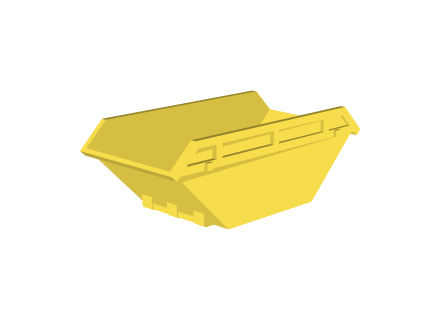We would like to use our own cookies, third-party cookies and similar technologies for statistical and marketing purposes. Customise your preferences by selecting the options below. Of course, you can also change your settings again afterwards. Learn more in our privacy policy.
Dispose of excavated earth

What is excavated earth?
Excavated soil is soil excavated from the ground or building ground. Excavated soil often accumulates during the development of residential areas, road reconstruction or basement extension. Some of the excavated soil may contain small stones. There are different types of soil, such as sand, clay or loam, which can be disposed of via the container. The only requirement is that it must not contain any disturbing materials, such as typically branches or roots.
This may go in the container
Avoid expensive recalculations due to incorrect filling and only fill the container with the approved substances, which are:
earth, excavated earth
soil, excavated soil, topsoil
sand
clay
pebbles
small stones (smaller than 10cm)
This must not go in the container
The excavated soil must not contain any other impurities, such as typical branches or roots. Also any other garden waste is not allowed in this container.
polluted or contaminated soil
roots, branches
construction waste
residual waste, wood, metals, plastics
stones (larger than 10cm)
hazardous waste.
Order the right skip now!
We find the right partner and organise everything around the rental digitally and easily. So that you can concentrate fully on your project. Click here to go to the online shop: Simply enter your postcode, select the type of waste and container and let's gooo!

General notes
Filling: Containers may be filled to a maximum of the loading edge. The contents of the container must not exceed the side walls. At this point, independent raising of the side walls is not permitted. No liquid waste may be filled into the container.
Filling weight: Containers whose filling weights exceed a weight of 10 tons may not be transported. Please pay attention to the filling conditions and maximum weights. Overfilled containers cannot be transported safely and must be unloaded by the customer.
Access: Make sure that the vehicle has sufficient space and that access is possible without any problems. The minimum clearance height is 4 metres and the clearance width 3.50 metres. Since the container is lowered or unrolled to the rear, up to 15 metres of space is required. To facilitate manoeuvring, an additional length of 10 to 15 metres should be kept free.
Installation: A suitable surface must be available, i.e. it should be paved, level and stable. Sensitive ground is not suitable to be driven over by a truck, as it can otherwise be damaged by the heavy weight. Furthermore, a container cannot be lifted over fences/walls. Only a maximum height of 30cm can be exceeded.
Permission: If you want to place the container in a public space, you are responsible for the general duty of road safety. Even if we support you in this and help you apply for the necessary official placement permits, you are still responsible.




